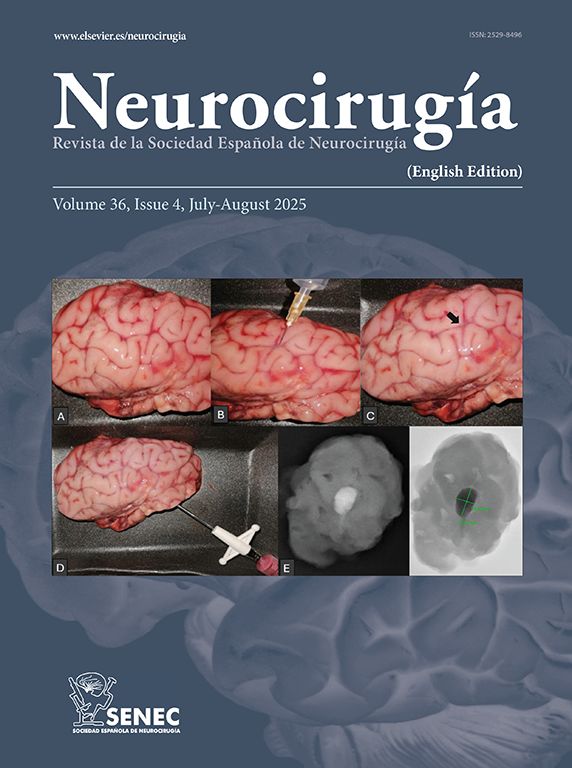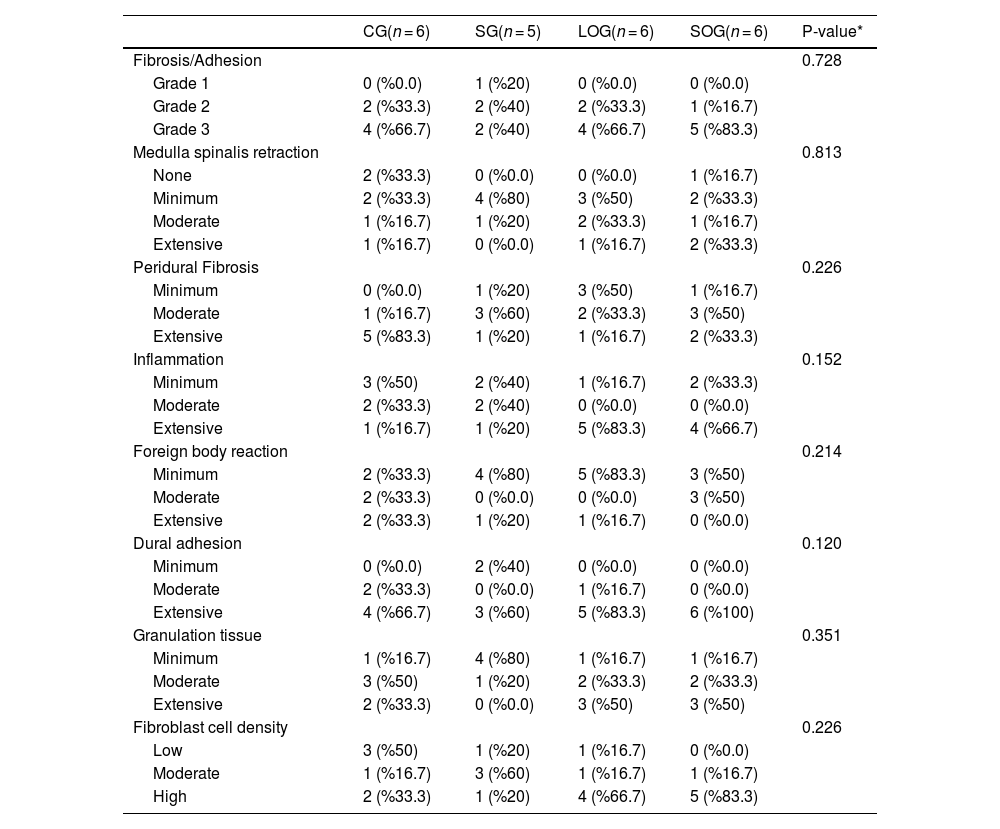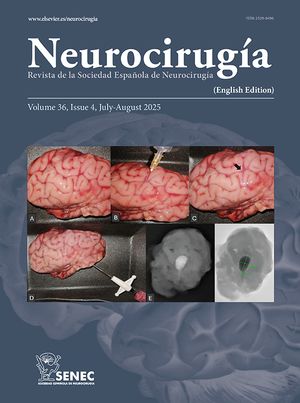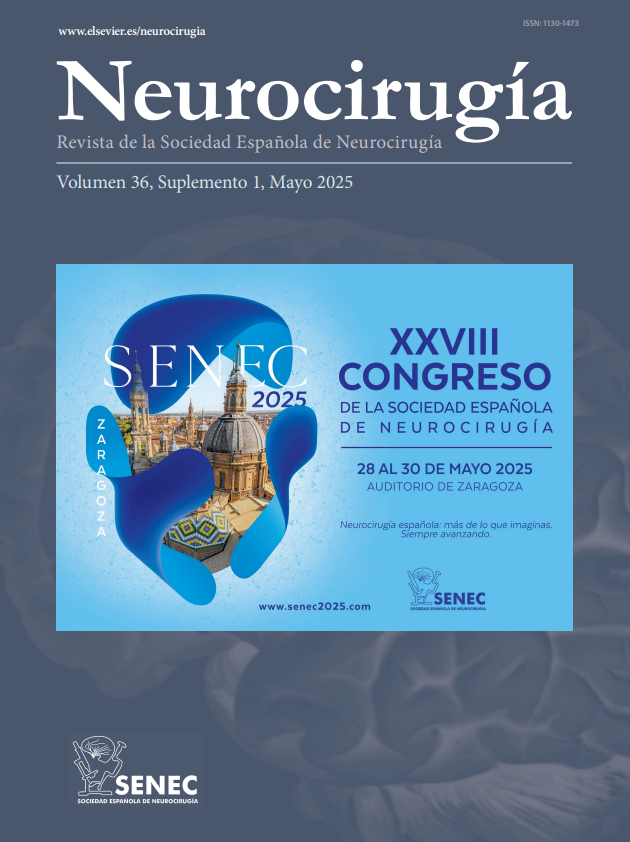Epidural fibrosis (EF) causes adhesions in the epidural distance, resulting in chronic low back and leg pain symptoms during the postoperative period. Currently, ozone is used for treating lumbar disk herniation and low back pain. However, its effect on epidural fibrosis is largely unknown.
Material and methodsThis rodent study examined the histopathological and biochemical effects of ozone therapy on epidural fibrosis. Forty-seven male Sprague–Dawley rats were divided into four groups, as follows: Control Group (CG) (n = 12): Laminectomy was performed, and no substance was applied. Saline Group (SG) (n = 11): Rats underwent intraoperative washing with 50 mL saline after laminectomy. Local Ozone Group (LOG) (n = 12): Rats underwent intraoperative washing with 50 mL ozonated distilled water after laminectomy. Systemic Ozone Group (SOG) (n = 12): Ozone was administered intraperitoneally (0.7 mg/kg) for 7 consecutive days postoperatively. At the end of 4 weeks, all subjects were sacrificed. Histopathological and biochemical data obtained from the tissues were analyzed in terms of EF.
ResultsNo statistically significant differences regarding EF, spinal cord retraction, inflammation, and fibroblast density were observed between the groups (p = 0.728; p = 0.813; p = 0.152; and p = 0.226, respectively). Hydroxyproline levels were higher in LOG than in SOG (p = 0.007); however, no statistically significant differences were observed among other groups (p > 0.05).
ConclusionsIn our study, we could not record the positive effect of ozone therapy in terms of histopathology and biochemistry with the current doses and application methods. We think that caution should be exercised in the ozone dose and method of application in the clinical approach. In addition, we are of the opinion that statistically significant results can be obtained by creating a treatment protocol that includes different dose applications.
La fibrosis epidural (FE) provoca adherencias en el espacio epidural, resultando en síntomas crónicos de dolor lumbar y en las piernas durante el período postoperatorio. Actualmente, el ozono se utiliza para el tratamiento de la hernia discal lumbar y el dolor lumbar. Sin embargo, su efecto sobre la fibrosis epidural es mayormente desconocido.
Material y métodosEste estudio en roedores examinó los efectos histopatológicos y bioquímicos de la terapia con ozono en la fibrosis epidural. Se incluyeron 47 ratas macho Sprague–Dawley, divididas en cuatro grupos de la siguiente manera: Grupo Control (n = 12): Se realizó laminectomía, sin aplicación de ninguna sustancia. Grupo Salino (n = 11): Las ratas fueron sometidas a lavado intraoperatorio con 50 mL de solución salina después de la laminectomía. Grupo de Ozono Local (n = 12): Las ratas fueron sometidas a lavado intraoperatorio con 50 mL de agua destilada ozonizada después de la laminectomía. Grupo de Ozono Sistémico (n = 12): Se administró ozono intraperitonealmente (0.7 mg/kg) durante 7 días consecutivos en el período postoperatorio.
Al final de 4 semanas, todos los sujetos fueron sacrificados. Los datos histopatológicos y bioquímicos obtenidos de los tejidos fueron analizados en términos de FE.
ResultadosNo se observaron diferencias estadísticamente significativas en cuanto a FE, retracción de la médula espinal, inflamación y densidad de fibroblastos entre los grupos (p = 0.728; p = 0.813; p = 0.152; y p = 0.226, respectivamente). Los niveles de hidroxiprolina fueron más altos en el grupo de ozono local en comparación con el grupo de ozono sistémico (p = 0.007); sin embargo, no se observaron diferencias estadísticamente significativas entre los otros grupos (p > 0.05).
ConclusionesEn nuestro estudio, no pudimos registrar un efecto positivo de la terapia con ozono en términos de histopatología y bioquímica con las dosis y métodos de aplicación actuales. Consideramos que se debe ejercer precaución en la dosis y el método de aplicación del ozono en el enfoque clínico. Además, opinamos que se pueden obtener resultados estadísticamente significativos mediante la creación de un protocolo de tratamiento que incluya diferentes aplicaciones de dosis.
Article

If it is the first time you have accessed you can obtain your credentials by contacting Elsevier Spain in suscripciones@elsevier.com or by calling our Customer Service at902 88 87 40 if you are calling from Spain or at +34 932 418 800 (from 9 to 18h., GMT + 1) if you are calling outside of Spain.
If you already have your login data, please click here .
If you have forgotten your password you can you can recover it by clicking here and selecting the option ¿I have forgotten my password¿.











